About half the time gunshot wounds are fatal or permanently crippling even in the best of emergency care and follow up surgeries. Without good follow up treatment–especially with infections–gunshot fatalities increase to almost 90%.
Those are not ‘betting’ odds under any circumstances.
In the first part of this topic we covered bare essentials of gunshot wound first aid with a slant on the KISS principle for untrained preppers when no paramedics or professional emergency services are immediately available. But this is also good procedure to know even where there are emergency trauma hospitals available but the ambulance or first responders might not get there in time, or you have to personally transport the injured to the ER.
In the Boston Marathon bombing attack, if it were not for average people and event organizers in the crowd knowing these basic wound trauma principles, and responding quickly to help to stop bleeding and keep them in respiration, many more would have died from bleeding out.
To Fight or Not to Fight?
In a firefight you must expect the worst even while trying damn hard to avoid it, which means if you are preparing for a gunfight, then you must also prepare for wound repair and treatment. Otherwise, you can‘t justify calling yourself a true prepper.
{adinserter aliveafteramerika}The dirty little survival secret is that many full blown armed to the teeth preppers will never get into a survival firefight! Think about it.
The whole idea of bugging out from a rapidly disintegrating social breakdown–especially in major metropolitan areas–and hiding out in your safe-retreat is to avoid this type of violent encounters in the first place.
So if you’re a ’good’ prepper you are more likely to survive by avoiding all possible potential fights, and not to get involved in a gunfight, as a basic foundation of your emergency preparations and strategies.
The other reality is that unless you’ve been in serious combat or a long time big city police officer, you likely just don’t understand the true nature of shootouts other than your experience with incorrect movie perceptions. Which almost always is not the way a true combat operator/gunfighter would handle it.
If you are unfortunate enough to get attacked where no pragmatic safe fall back is an option, you increase your odds of receiving wounds or dying by 50%, no matter how skilled you are.
Tactics and strategies are everything in gunfights. In an all-out anarchy breakdown with no rules, no limits of violence, and no ’law’, this is even more critical.
Hopefully this intro to wound first aid and how savagely brutal these wounds usually are will motivate serious preppers to adopt a correct mindset on gunfights and shootouts. That being to AVOID them at all costs in the first place. NOT thinking like it’s going to be a ’cool’ thing while you’re surviving to have some fun popping bad humans during your bug out party game.
And here are some examples of how ’bad’ it can get.
The Sucking Chest Wound (SCW)
This is probably a more common wound than people think because it is the primary target area on the human body known as ’center mass’. If bullet strikes the heart directly or ruptures an aortal artery or blows out the spleen there’s not much you’re going to do without major surgical resources even if the person is still alive.
The problem is that a large area of lung mass also is a part of this ’center mass’ section and when a bullet punctures the lung the breathing is immediately dangerously affected on top of everything else. As opposed to ’extremity’ hits, which can get very ugly and damaging but where breathing is not relatively affected, even a small less powerful bullet through the lung will be deadly if not properly treated.
Before level 4 body armor and better surgical evac resources, the military lost far too many people from SCW’s in combat. However, wounds from a SCW are often not immediately fatal and can be treated adequately in the field to prolong the likelihood of survival if additional emergency follow up can eventually be obtained.
Much of the bleeding from a SCW will be internal once the wound bleeding is stopped. So while the wound itself might not be a big problem to patch up, just stopping the bleeding won’t be good enough to save the victim’s life.
A lung penetration is bad because any air that can get into the hole in the lung will disrupt the breathing and cause foaming bubbles from the body fluids which can sometimes suffocate the victim depending on the location of the hit. This is also why it’s called a ‘sucking’ chest wound. When the person is trying to breathe through the mouth, the lungs can’t work correctly because the air is getting sucked in or right out of the bullet wound.
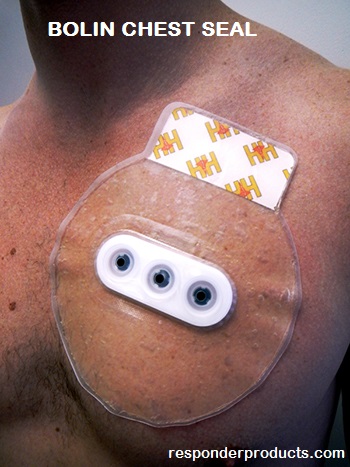
Occlusive dressings like the Bolin Chest Seal are preferred. These are fast repair patches with a special adhesive that can be applied in one step to provide a total seal from air and liquid.
There are built in ’valves’ in some occlusive dressings to help prevent pneumothorax, or the presence of air in the pleuro-cavity which is the area between the body wall and the lungs which allows the expanding and contraction of the lungs.
But this is only a temporary ‘fix’ until further advanced treatment can be administered. If the bullet struck ribs or sternum bone and fragments are in the lungs surgery must commence asap or the person will not likely survive.
Otherwise, even if the victim looks stable, the lungs eventually fill with fluids and cause pulmonary collapse, loss of breathing function, and death.
The idea is to keep outside air from getting into the pleuro cavity from the wound but allow any excessive air or fluid build up in the space between the lungs and body to escape. In old pressure bandage closing of a SCW you had to intermittently ‘burp’ the wound by removing the bandage to allow excess air/gas to escape and drain fluids.
With a SCW the breathing and airway must be constantly monitored. And paramedics at the scene usually immediately get ready to aspirate the airway with a trachea tube so that can begin resuscitation quickly.
The other thing is that depending upon the angle of the bullet entry it can hit the spine either upon entry or exit, and this complicates the damage to a very serious extent. The gunshot victim will likely be paralyzed and any transportation movement is dangerous without trained handling.
Head Wounds
These are among the ‘ugliest’ of hits because of the shock effect of seeing a commonly viewed part of the human anatomy which we relate to directly on a daily basis suddenly deformed and mutilated to a point beyond recognition. Especially if it is a bad facial area wound.
If it is a skull/brain hit the usual assumption is that this would be fatal.
Amazingly this is not always true especially if it was a glancing wound, and some bullet hits to the head have been fully recoverable with no, or relatively little brain damage.
However if it is a skull penetration and you are successful in stopping the bleeding, and the patient seems to be doing okay, except for intense head pain, there is the likelihood of a subdural hematoma causing pressure inside the skull and this would require immediate ER treatment or the patient will die.
After a head hit if the victim is still alive and conscious the following must be done immediately:
- Try to position the person to be sitting up slightly forward to keep blood lower in the body away from the head wounds.
- Immediately apply direct pressure bandages to stop the bleeding being observant that the airway is not being bled into to cause choking if it is a facial or neck wound.
- Depending upon the hit point and peripheral air way damage, a tracheotomy or an airway tube insertion might have to be performed to keep them from choking and to ensure respiration, BUT KEEP IN MIND THAT YOU NEED MEDICAL KNOWLEDGE TO PERFORM IT, so don’t try it if you never did it before.
- Make sure the carotid arteries are still supplying blood to the brain. If one of these is ruptured, apply soft direct pressure or an occlusive bandage.
Head/face wounds are bad. They are also very painful. Do your best to keep the person comfortable and medicated.
Abdominal Wounds
Abdominal wounds can look extremely ‘gross’ and shocking if the wound is pushing out internal organs like the intestines. The lower torso has a lot of center of gravity fluid pressure and if a gunshot victim is hit obliquely from say, a side of the waist entry hit over the hip and creates a larger exit wound around the belly button there’s often a string of bloody intestine blurting out of the muscle tissue.
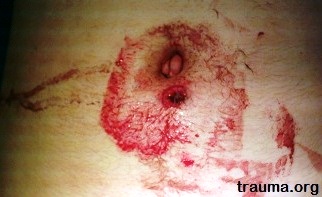
I’ve seen a couple bad ones like this in my time and even a side hit by a shotgun blast I once saw left a large part of the intestine evacuated in the dirt next to the downed victim, now screaming and writhing in pain on the ground.
First of all large wounds require large bandages. If you don’t have the proper medpac supplies this one is harder to DIY on an improvise.
So lay the person on his back and get some water and antibiotic disinfectant (but don’t wait if it is not immediately available). Depending upon the extent of the intestinal mass evacuation from the abdominal cavity, try to gently gather and place/push what is hanging out back into the abdominal cavity through the wound while you are splashing/rinsing any dirt off of it.
(Do not use your 190 proof wonder juice in your flask for this one).
If you know that professional medical help is on the way or you can get to a functioning hospital, then sometimes it’s better to just leave any escaped intestines on the abdomen after you’ve inserted some blood clotting bandages/material in the wound opening and cover the whole thing with a larger bandage or towel for the transport.
Then put a sufficient wrap gauze on this wound and prepare to tape it tightly around the entire midsection around from the back if it is a hole larger than the palm of your hand.
This must be done rapidly as large abdominal wounds bleed copiously. Gut wounds where the intestines are lacerated are highly ‘infectious’ and immediate follow up surgery and antibiotics must be obtained for the victim otherwise death is imminent.
Where the Real Protection Comes From
As you have gathered by now, gunshot wounds, especially in the head and torso, can become complicated and treatment can be overwhelming if you are not close to an emergency trauma center or at least seriously trained in such treatment.
Paramedic emergency first aid should not be extemporaneous in real time application. You’ll never get it right from just reading what to do and having a few bandages. So here’s the last stop on the issue of bad emergency first aid like gunshot wounds and other serious wound trauma.
The best thing to do for your family or group is to have one of your members actually take a real EMT or paramedic licensed course and maybe volunteer for your local volunteer ambulance of fire department first responders for some real time experience, that often is too difficult for a lot of reasons.
If you or your group are serious about such medical possibilities, which again, should be one of the primary concerns due to the reality that emergency trauma and any other type of medical service AND SUPPLIES simply might not exist as you once knew it, therefore the obvious best situation is:
1. Have a good stock of medical supplies.
This is right up there with food, water, and ammo. Not just for trauma/wounds, but for general diseases and conditions. If you think that med supplies won’t be ‘worth their weight’ just observe how many people are always at a Walmart pharmacy next time you’re there.
2. Learn some emergency serious field trauma first aid.
It also wouldn’t hurt to have a professional emergency responder, nurse, or even a doctor associated with your group that might be interested in joining you, and would be willing to provide their knowledge and skills in exchange for the security and resources you would exchange. Even a good Veterinarian can do some amazingly complex surgery on animals, which is not a totally dissimilar anatomy from humans.
3. After you have enough ammo, invest in a serious body armor.
Unlike a police officer who would have to wear it all day long for the job, you’ll only really need to wear it if you are traveling or anticipate a firefight. And you can throw a complete vest carrier on–which can also carry magazines– in seconds.
So for not really that much more in terms of cost, you should buy level 4 front back and side panels. They’re heavier but will stop most rifle bullets. They also have ballistic headgear now that’s lighter and tougher than the old military ‘pot’ helmets.
Whatever you choose, above all else DO get some REAL training and SERIOUS equipment NOW!
Nobody hesitates to spend thousands on all those firearms and bass boats and such ‘necessities’ of life. But when this neighbor of mine proudly showed me his new Nightforce super sniper scope he just paid $2500.00 for, I asked him if he had a good field first aid med-kit, and he laughed condescendingly at me and said something smart-ass cool like “what do I look like, an amateur?” He proudly opened his trunk and whipped out the best $19.95 first aid kit he could find at Walmart, and smirked ’Don’t leave home–or bug out–without it!’ I frowned, and shook my head and told him to have a nice day.
In conclusion, I’ll just say that in an all out catastrophic SHTF scenario, after the initial confusion, panic, anarchy, and mayhem, most prudent preppers will settle down into a mode of hyper vigilance and purposeful low profile existentialism while they try to recover and sustain.
Especially if they already had a shootout and survived. They would never, ever again be too eager to get into another one. This would be the optimal mode lifestyle for avoiding firefights in the first place. But this doesn’t mean your trauma equipment and supplies will go to waste.
At this point with people doing more manual things like chopping wood and using sharp or dangerous tools to maintain themselves, that emergency medical kit will not be gathering too much dust on it. I’ve seen a person splitting wood when he missed and the axe bounced back and it looked like his ankle was almost severed in half! Accidents will be plentiful in the aftermath of survival life. A good medical set up is literally a life saver.
And always remember, the more you train and prepare in defense of your Bug Out Location/castle/hideout, the less likely you’ll be in a firefight that you can’t handle. And the more you train and properly prepare with a good BOMB (Bug Out Medical Bag), the more likely you’ll make it if you do get hurt. Simple formula for smart preppers.
This article has been written by Mahatma Muhjesbude for Survivopedia.
DISCLAIMER: The information given and opinions voiced in this article are for educational and informational purposes only and does not replace medical advice or the practice of medicine. No provider-patient relationship, explicit or implied, exists between the publisher, authors and readers. As many of the strategies discussed here would be less effective than proven present-day medications and technology, the author and publisher strongly urge their readers to seek modern and standard medical care with certified practitioners whenever and wherever it is available.


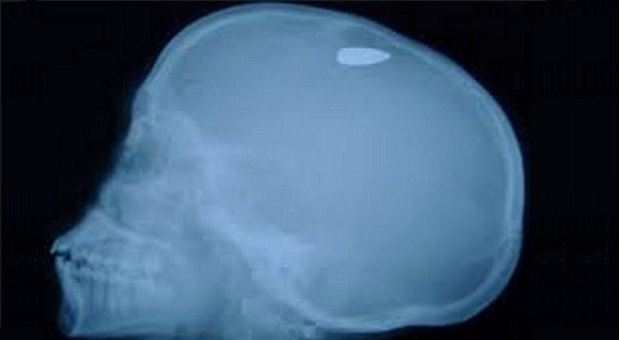
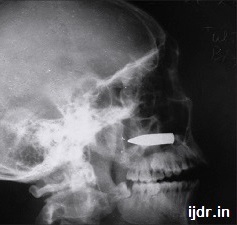
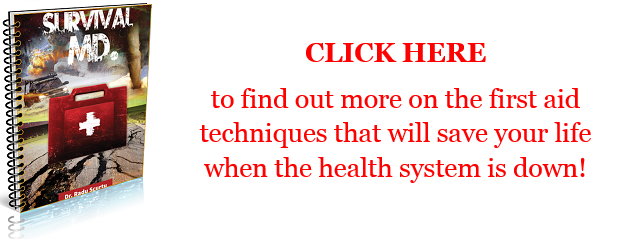

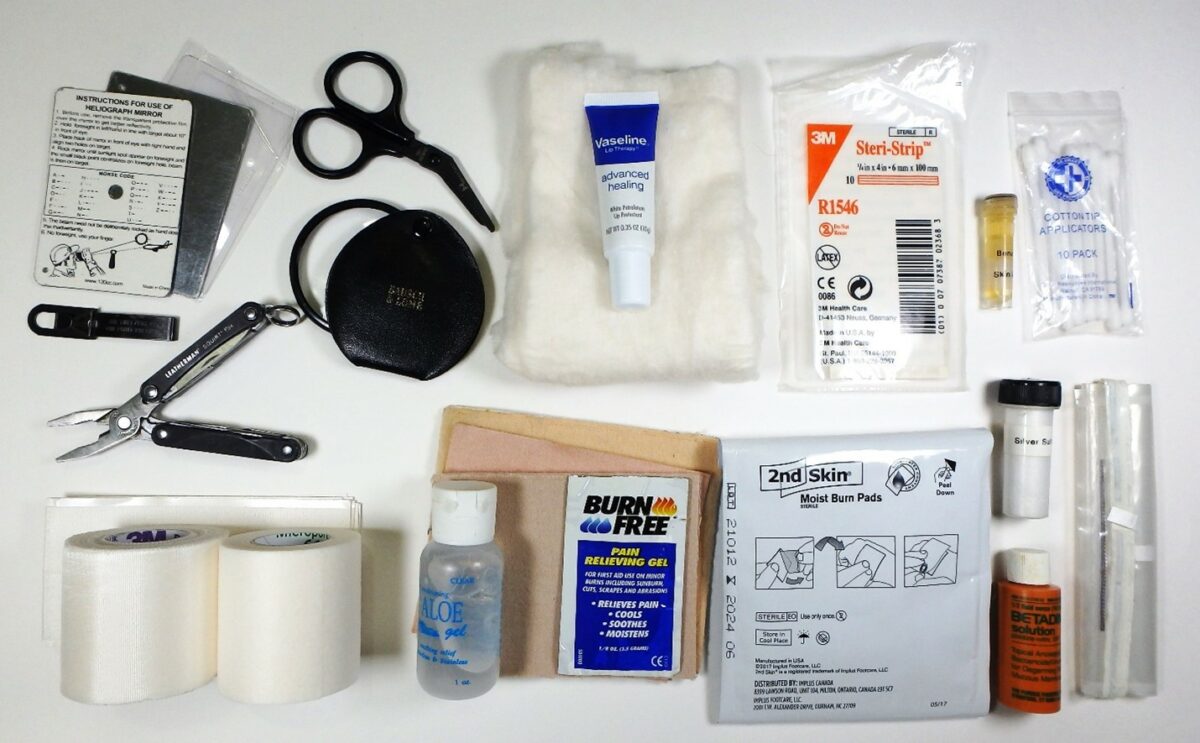
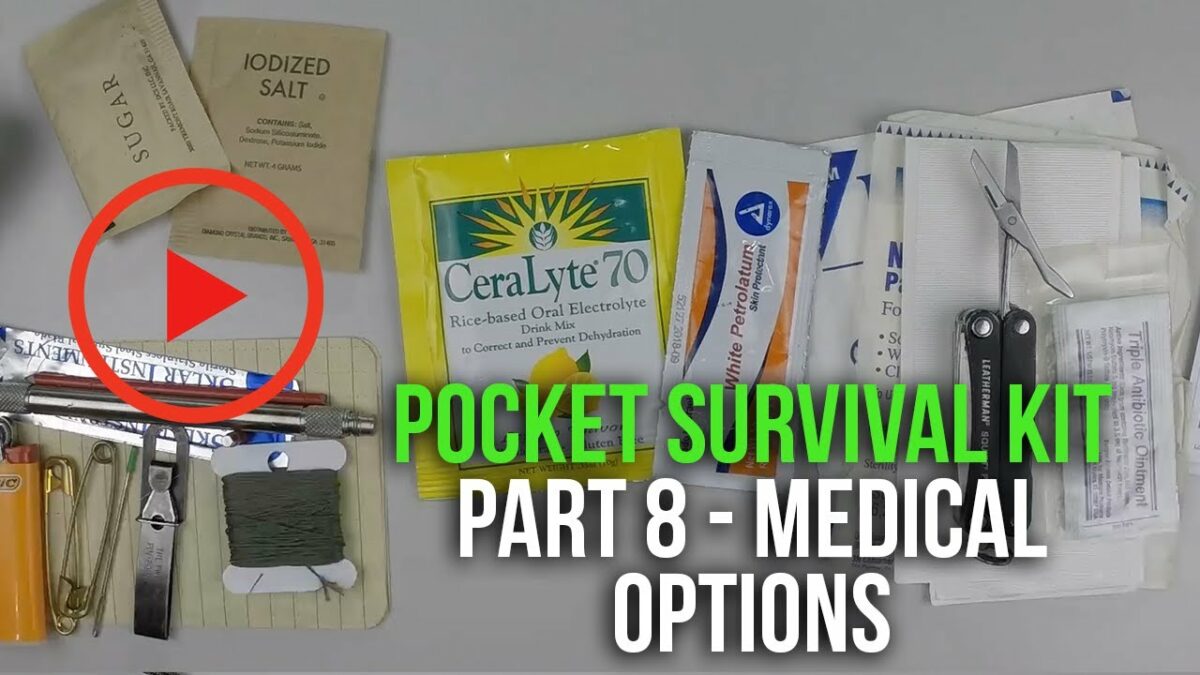
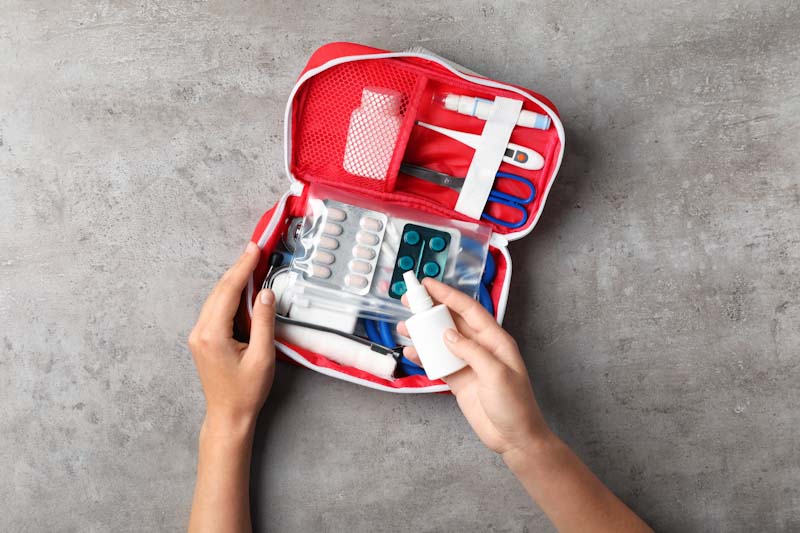

Vicki | April 21, 2015
|
Hi Mahatma Muhjesbude:
Nice article! Far too many people don’t even have basic first aid. I have had to take it with my job, and LOVE to have the information. More would be nice, but no option here unless you go back to College for it, or pay a huge sum to take teacher training level in First aid, which is also an option. However, information here is vital, and good to know! I knew much of this from the great Red Cross Classes here in Canada.
I am also proud to see you fight for freedom and peoples rights in this world! Good on you! Glad to see you here, and also have you help us all create a better world where we may then never have to see the day when the world gets so dark as to have to go through this every day. I am sad to see other countries so torn up with the disease of warfare, which is all I can deem it to be.
Anyway, being prepared is a good thing so long as it does not take away from enjoying the moment with our families and friends in the present day. Overdoing anything is never wise, as fanaticism is what turns people down the wrong paths in life- even in the small things. I am one who believes that if we look after each other in our own back yards and get that part right, we can move on to help others do the same thing. Caring for people and their lives does matter and is one of the strongest preparedness practices we can all exercise. The internal strength of mind and spirit can over come the darkest night. I have seen it happen, and I know it is possible, even today in all the nations at war now. May we continue to fight for dignity for all people and practice helping with our hearts and compassion, not our guns.
Anyway, great article, good practical information and I hope you write more for us to read!
Cheers mate!
Vicki
Melody Al-Akhras | April 21, 2015
|
Hmmm… and here I thought the Boston Bombing was a false flag event….
Mahatma Muhjesbude | April 21, 2015
|
Can you explain/elaborate on your assumption a bit further, please?
don | April 21, 2015
|
Very good article. It is very important to prepare for injuries. The wound may not even come from enemy action, it could be accidental discharge (heaven forbid) or accidental fratricidal shooting, or from performing some mechanical task. A member of your team or family may need it, or a stranger or neighbor.
This leads me to want to add, it is equally important for every member of your team or family to get as proficient as possible at first aid. I once laid my hand open, has squirting blood, and my wife had not clue what to do past Band Aid and hydrogen peroxide. It was mostly a minor wound, but it was a learning experience for me, as to what level I could count on her to keep cool and help. If i were worse hurt, I may not have been able to coach her through it.
Mahatma Muhjesbude | April 21, 2015
|
Vicki and Don…
In the absence of actual formal trauma wound paramedic/EMT training there are some amazingly well done ‘online’ survival courses/video instructionals on severe wound treatment– because they are trying to promote their BOMB supplies they are selling which is also good to have because they are not really that expensive–that are well worth watching a few times and practicing.
On my serious ‘go’ vest armor carrier i also have a compact pouch with some quick blood clot packs and a larger gunshot pressure bandage and quick stick occlusive bandage.
I could probably take a hit like i once did in the calf and thigh that were through and through muscle tissue only, no bone hit–and stop the profuse bleeding pretty quickly with this stuff, and good enough keep moving going without worrying about it for a while.
If anybody wants to see a good movie that in MHO pretty well exemplifies the type of ‘running firefights’ that might prevail for a while in all out SHTF predatory anarchy scenarios, check ouot ‘Lone Survivor’. And pay attention to the opposite reality compared to the typical Rambo movie, lol, where John-boy constantly gets in front of so much concentrated firepower and barely gets a bloody nose!
Fox | April 22, 2015
|
Many communities will give you complete paramedical training for free if you volunteer to serve 4 hours per week for a year. Check your local fire department training headquarters and see if they offer this.
As an added bonus, with this training you could conceivably get a job as an EMT or paramedic in your community.
Semper fi!
Pingback:How To DIY $100 Expedient Bug Out Medical Bag | Survival skills, survival guns, survival guide | June 19, 2015
|
Pingback:How To DIY $100 Expedient Medical BOBdisasterdefense.usdisasterdefense.us | disasterdefense.us | June 19, 2015
|
Pingback:10 Trees A Prepper Needs For Food And Health | | Disasterdefense.us | March 14, 2016
|
Pingback:How To Survive Being Shot | Survivopedia | June 3, 2019
|